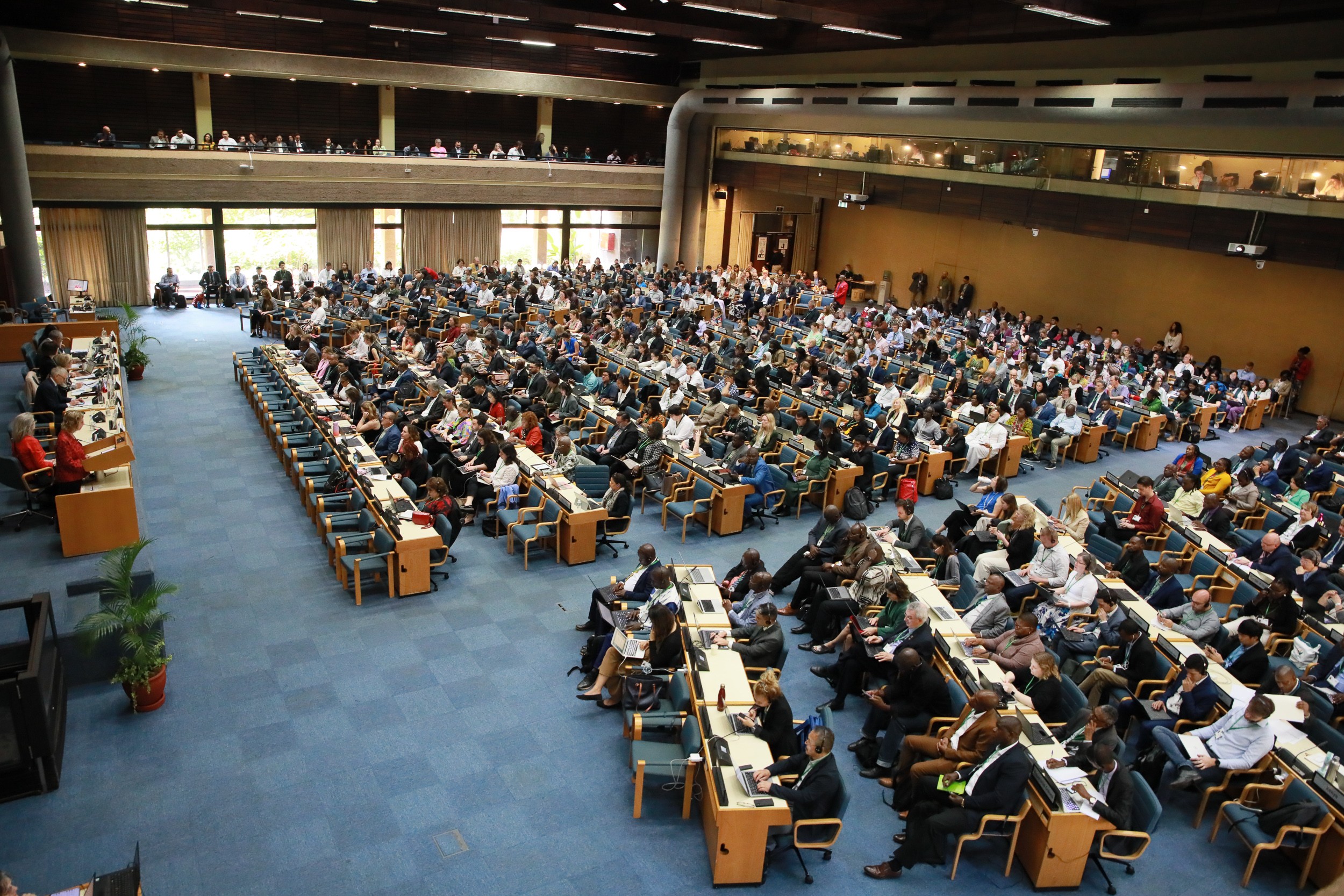 Photo by IISD/ENB | Mike Muzurakis
Photo by IISD/ENB | Mike Muzurakis
Crucial intergovernmental meetings on biodiversity are gaveled to an end in Nairobi
The final gavel marked the end of the “Nairobi Biodiversity meetings”, which started 16 days earlier with the 26th meeting of the Subsidiary Body on Scientific, Technical and Technological Advice (SBSTTA 26). Senka Barudanovic of Bosnia and Herzegovina chaired SBSTTA 26.
The two-back-to-back intergovernmental gatherings dedicated to the implementation of the objectives of the Convention on Biological Diversity (CBD)—the conservation and sustainable use of biodiversity and the fair and equitable sharing of benefits arising from the utilization of genetic resources—delivered progress on multiple fronts, including the much needed transition from agreement to action on the historic Kunming-Montreal Global Biodiversity Framework, known as The Biodiversity Plan, which COP 15 adopted in December 2022.
The meetings have set the table for a decisive round of talks at the forthcoming United Nations Biodiversity Conference / COP 16, which will take place from 21 October – 1 November in Cali, Colombia.
Looking back at SBSTTA-26 outcomes
The science body of the CBD adopted recommendations on biodiversity in the oceans, modern biotechnology, scientific tools and guidance to support the implementation of the Biodiversity Plan, and coordinated actions related to global health. The Parties also reached agreement on aspects pertaining to the framework of indicators that will be used to monitor the implementation of the Biodiversity Plan. Regarding agenda items related to biosafety and biotechnology, the Parties recommended new voluntary guidance on the risk assessment on engineered gene drives, which will strengthen transparency and scientific rigour in the process and continue the important work on the detection and identification of living modified organisms.
On synthetic biology, further discussions are needed on the possibility of continuing horizon scanning – the systematic detection of early signs of potentially important developments – for synthetic biology.
There was agreement on the need for capacity-building and development, technology transfer and knowledge-sharing, especially for addressing inequity that affects the participation of developing countries.
Marine and coastal biodiversity was also a key agenda item, with Parties making significant progress towards agreement on Ecologically or Biologically Significant Marine Areas (EBSAs) under the CBD, considering their potential role in relation to the new legally binding international instrument on the conservation and sustainable use of marine biological diversity in areas beyond national jurisdiction - known as “BBNJ.
Learn more about SBSTTA 26 outcomes
Revisiting SBI 4 outcomes
The meeting built on the constructive momentum generated by SBSTTA 26, which closed 48 hours before SBI 4 went underway. The Parties to the CBD have made progress on multiple fronts:
- Planning, Monitoring, Reporting and Review and the fine-tuning of the monitoring framework: the yardsticks against which progress in the implementation of the Biodiversity Plan will be measured.
- International cooperation for biodiversity action: a draft decision on technical and scientific cooperation to support the implementation of the Convention and its Protocols, and the Biodiversity Plan, will be considered for adoption at COP16. In addition, the Parties selected 18 regional organizations spanning the globe to foster and leverage technical and scientific cooperation and technology transfer for the implementation of the Biodiversity Plan.
- Resource mobilisation: the Parties deliberated about national biodiversity finance plans, the role of multilateral development banks, existing UN initiatives, and private finance. The discussions also addressed the functioning of a possible Global Biodiversity Fund, including the role of the Global Environment Facility. The financial ambitions set out in the Biodiversity Plan include investing US$ 200 billion a year from all sources, and reforming US$ 500 billion in harmful subsidies.
- Article 8 (j) and the contributions of indigenous peoples and local communities and other stakeholders, seeking ways to ensure that the contributions of women, youth, business and civil society can be leveraged to reach the four goals of the Biodiversity Plan.
- “Acting as one for nature” in the fields of Communication, Education and Public Awareness, and cooperation with other conventions and international organizations, to foster a whole-of-society endeavor for the implementation of the Biodiversity Plan.
Highlights from the margins of the Nairobi meetings
As SBSTTA 26 went underway, Uganda became the first African country and the second developing country to submit a set of national targets aligned with The Biodiversity Plan.
On 22 May a memorable celebration of the International Day for Biodiversity, with China, the President of COP 15, Canada, the host of COP 15, and Colombia, the President-designate of COP 16, underscoring the importance of national action in implementing the KMGBF, the Biodiversity Plan.
On 28 May China and UNEP signed a Memorandum of Understanding on the Kunming Biodiversity Fund.
Looking ahead
Astrid Schomaker, the next Executive Secretary of the CBD, will come on board in early July 2024. Ms. Schomaker will lead the CBD Secretariat’s work and facilitate the Parties’ negotiations at a crucial juncture. In August, a much anticipated (second) meeting of the Working Group on Digital Sequence Information on genetic resources on 12-16 August 2024 in Montreal, Canada.
The meeting in Montreal will address the possible operationalization of the multilateral mechanism for the fair and equitable sharing of benefits from Digital Sequence Information on genetic resources, including a global fund. It will constitute the last milestone before COP 16 in the gem of the Cauca valley, Cali. The theme that Colombia chose for the meeting speaks for itself: “Peace with nature”.
More information:
Quotes and Photos
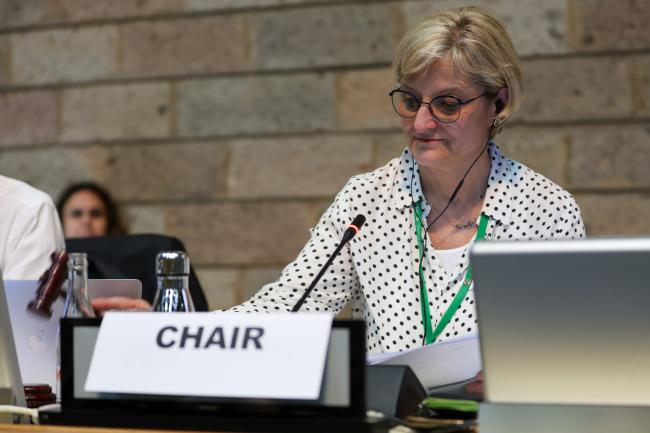
"I thank you all for your will. I thank you all for your work, for your support, and for your results. These results will feed other processes: the next SBI, the next COP, and--in the end--the implementation of the Kunming-Montreal Global Biodiversity Framework."--SBSTTA 26 Chair, Senka Barudanović, Bosnia and Herzegovina

View of the room during the afternoon plenary
(Photos by IISD/ENB - Mike Muzurakis)
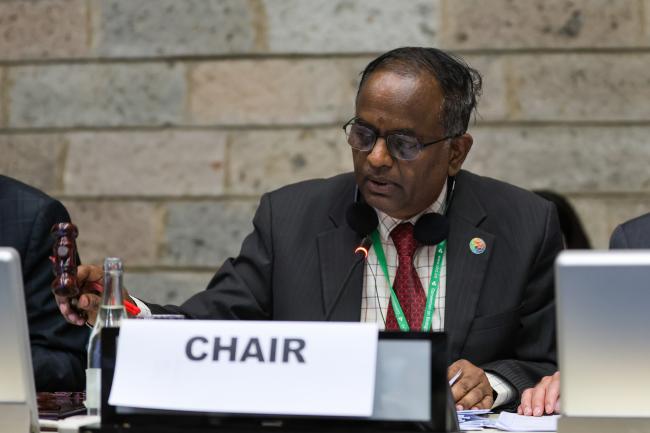
“I am really pleased to have heard all the advancements that many parties have made on the implementation of the GBF. More specifically, their revision or updating of their NBSAPs. We conclude our 10-day meeting with substantial progress on many agenda items. And, while we have many issues to resolve, the foundation is laid for our discussions in Cali, Colombia, later this year." --SBI 4 Chair, Chirra Achalender Reddy, India

"We are all here to further strengthen our collective efforts to implement the Kunming-Montreal Global Biodiversity Framework – the Biodiversity Plan...This meeting of the Subsidiary Body on Implementation is critical on our path to the sixteenth meeting of the Conference of the Parties, in Cali, Colombia." --David Cooper, Acting Executive Secretary of the Convention on Biological Diversity,

The Chinese delegation

The Colombian delegation
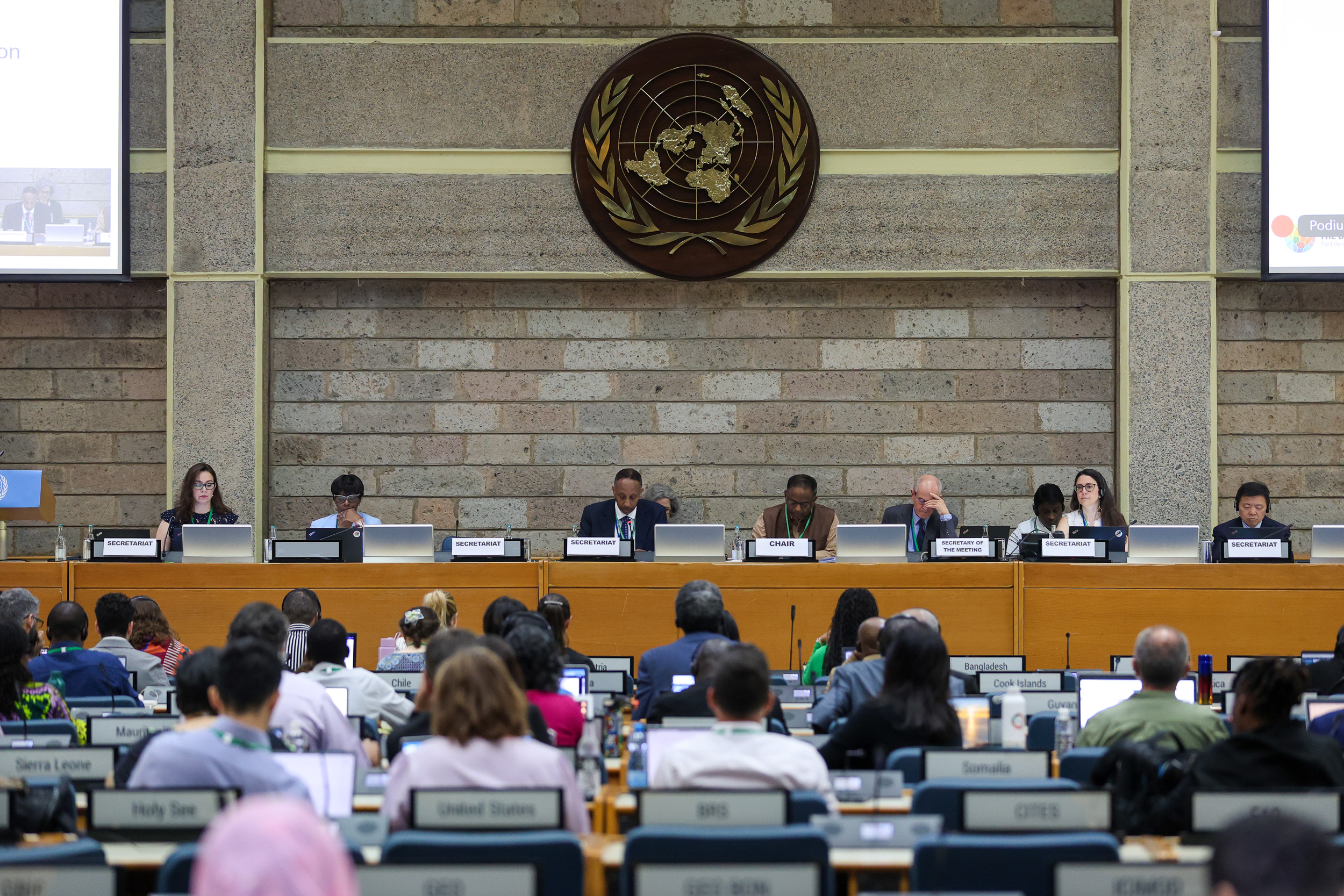
View of the dais during the morning plenary (Photo by IISD/ENB - Mike Muzurakis)
(Photos by IISD/ENB - Mike Muzurakis)
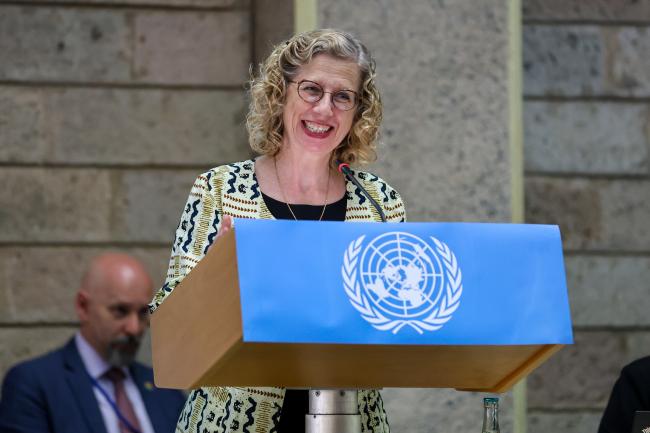
"On this International Day for Biological Diversity, I ask you to Be Part of the Plan" --Inger Andersen, Executive Director, UNEP
A tree planting ceremony took place on the UNON Campus. Ten (10) seedlings namely Meru Oak and Parasol trees have been donated by the Ministry of Environment, Climate Change and Forestry of Kenya. David Cooper, Acting Executive Secretary of the Convention on Biological Diversity, Hosted the ceremony on behalf of the CBD Secretariat. Key participants included:
- Dr. Liu Ning, representative of China (COP 15 Presidency)
- Mr. John Elungata, Ministry of Environment, Climate Change, and Forestry (Kenya)
- H.E. Pedro León Cortes Ruiz, Ambassador of the Republic of Colombia (COP 16 Presidency-designate)
- Ms. Amelia Arreguín, representing the CBD Womens’ Caucus
- Ms. Joji Carino, representing the International Indigenous Forum on Biodiversity
- Mr. Heitor Dellasta, Global Youth Biodiversity Network
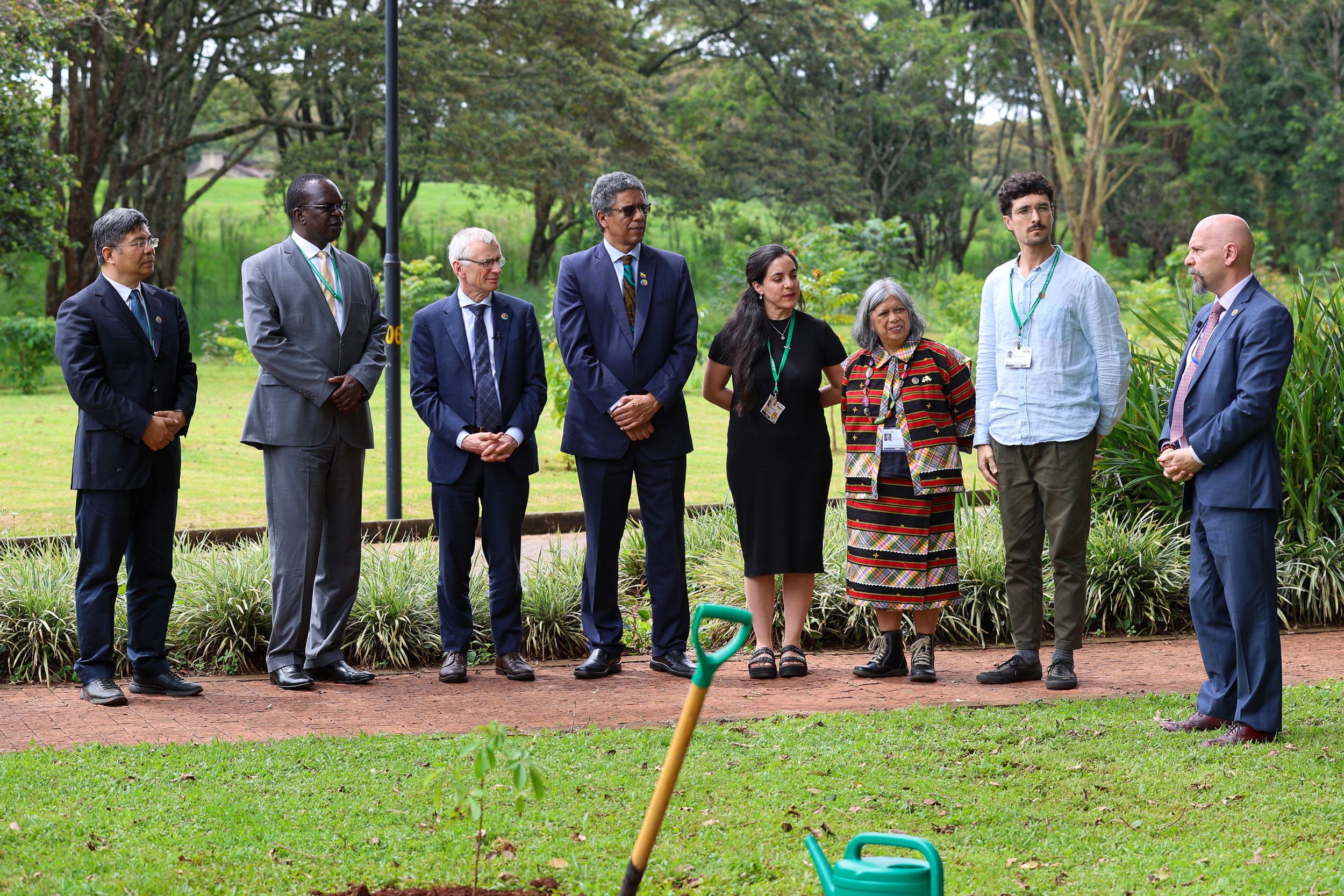
From Left - Right: Liu Ning, China; John Elungata, Kenya; David Cooper, Acting Executive Secretary, CBD; Pedro León Cortés Ruíz, Colombia; Amelia Arreguín Prado, CBD Women's Caucus; Joji Cariño, International Indigenous Forum on Biodiversity; and Heitor Dellasta, Global Youth Biodiversity Network; David Ainsworth, Information Officer, CBD.
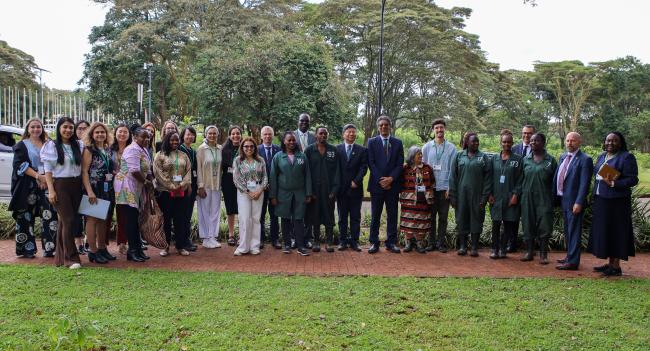
Family photo from the tree-planting ceremony
In addition, over 100 events took place in over 53 countries to celebrate IDB 2024. These in-person, on-line and hybrid, events raised awareness of the importance and value of biodiversity and engaged thousands of people across the world. Events included workshops, panel discussions, video screenings, a quiz competition and nature visits. Click here to learn more about the events that took place.
(Photos by IISD/ENB - Mike Muzurakis)